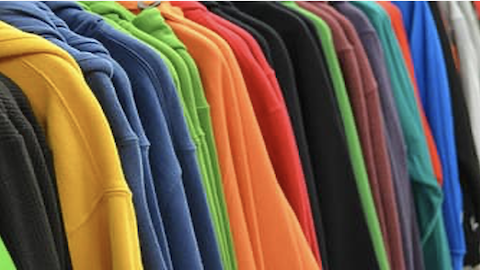Refashioning gender

We sometimes imagine that people in the past uniformly adopted "traditional" ways of being, including forms of dress. But historical reality is much more dynamic--and interesting! In the early 20th century, Women adopted masculine attire for a variety of reasons, ranging from a need to dress practically to do "men's" work to rejecting traditional gender roles or expressing a lesbian identity.
Featured Content
Explore shifting modes of self-expression among British women in the early 1900s in this English Heritage article.
References:
Oram, Alison. (n.d.). Experiments in Gender: Women and Masculine Dress. English Heritage. https://www.english-heritage.org.uk/learn/histories/women-in-history/experiments-in-gender/
